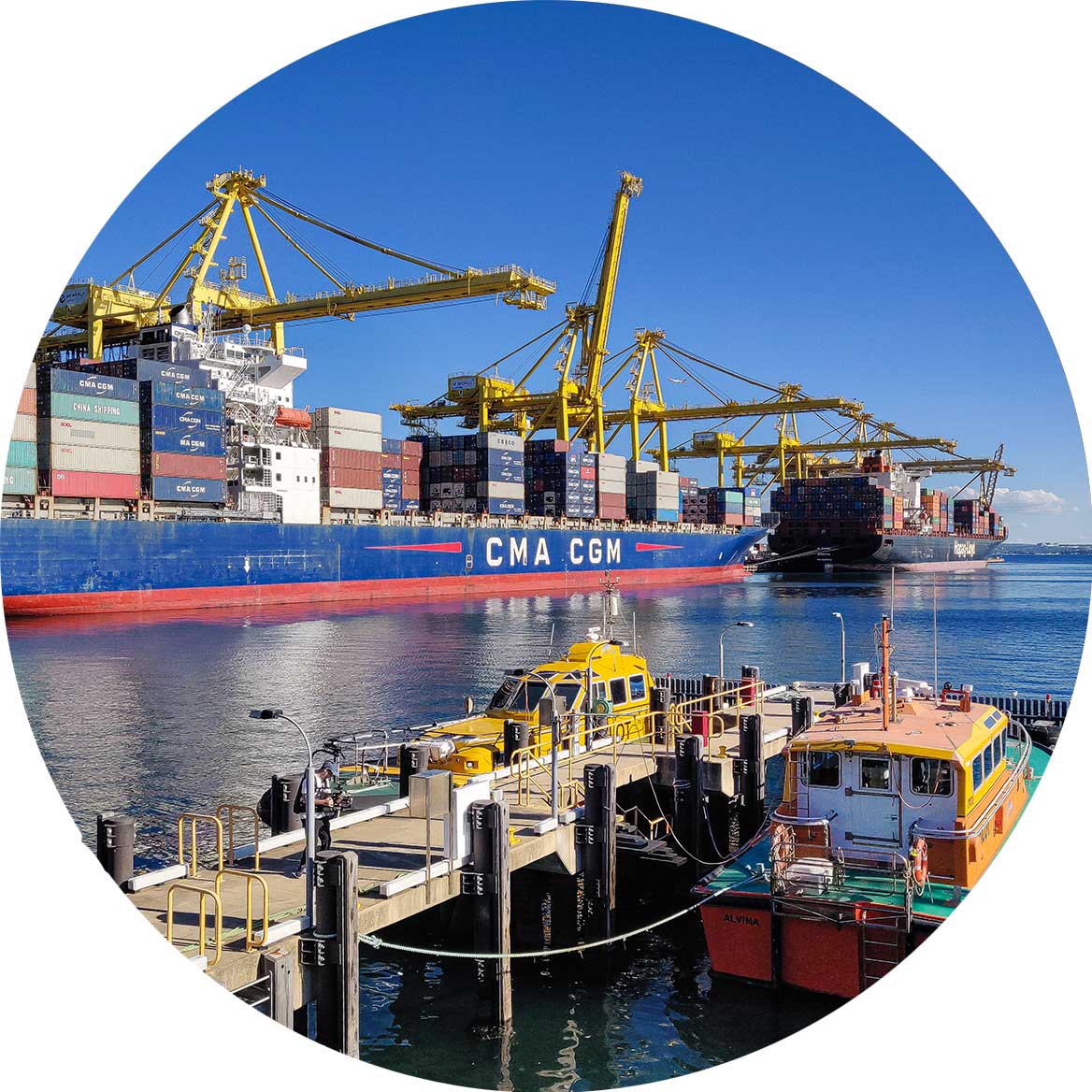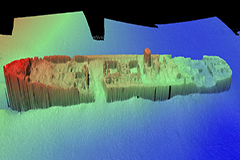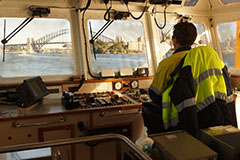Port Authority of New South Wales has the responsibility under legislation to control the conditions under which dangerous and hazardous goods are handled or kept in defined port operational areas.
We must be advised of all dangerous goods to be imported or exported by vessel, including transhipments and/or goods transiting the ports.
We draw on information and advice from the:
- Australian Standard 3846 – 2005 The Handling and Transport of Dangerous Cargoes in Port Areas
- International Maritime Dangerous Goods (IMDG) Code
- International Maritime Organisation’s (IMO’s) Recommendations on the Safe Transport of Dangerous Cargoes and Related Activities in Port Areas
- Australian Code for the Transport of Explosives by Road and Rail Third edition (April 2009)
- Port Authority of New South Wales Explosive in Port Areas (June 2007)
It is a requirement that Port Authority must be advised of all dangerous goods to be imported or exported by vessel, including transhipments and/or goods transiting the ports.
In addition, Port Authority regulates the permitted time periods that dangerous goods can remain on a terminal. Failure to advise and/or manage your dangerous goods during these times, can result in penalties including fines.
The method of notification of dangerous goods is via electronic lodgement in Sydney's Integrated Port System (ShIPS).
ShIPS is an electronic booking and approval system, accessed through the internet following user registration.
Enter UN Number and press Enter key or click submit
| Packing Group | Packing Group I | Packing Group II | Packing Group III | Class |
|---|---|---|---|---|
| Please enter a UN Code | ||||
General Rules for Red Line Classification:Nominated Red Line Cargo – 2 hours dwell period on the wharf.
General Rules for Amber Line Classification:Nominated Amber Line Cargo – 12 hours dwell period on the wharf.
1) Must be more than 500kgs of the product.2) Be a certain class of dangerous goods.
3) Must be a Packaging Group I.4) Ammonium Nitrate – UN 1942, 2067, 2426, 3375
5) Calcium Hypochlorite Un 1748, 2880, 3485, 34876) And Class 1.4
Exemption application templates
- DP World Exemption Application Form
- Hutchison Exemption Application Form
- Patrick Exemption Application Form
Note: these Exemption Applications have been supplied by the stevedores.
For instructions on how to use and submit the application go to the Dangerous Goods Guidelines publication.
For further information on dangerous goods, please contact the Dangerous Goods Officer: phone: +61 2 9296 4989







